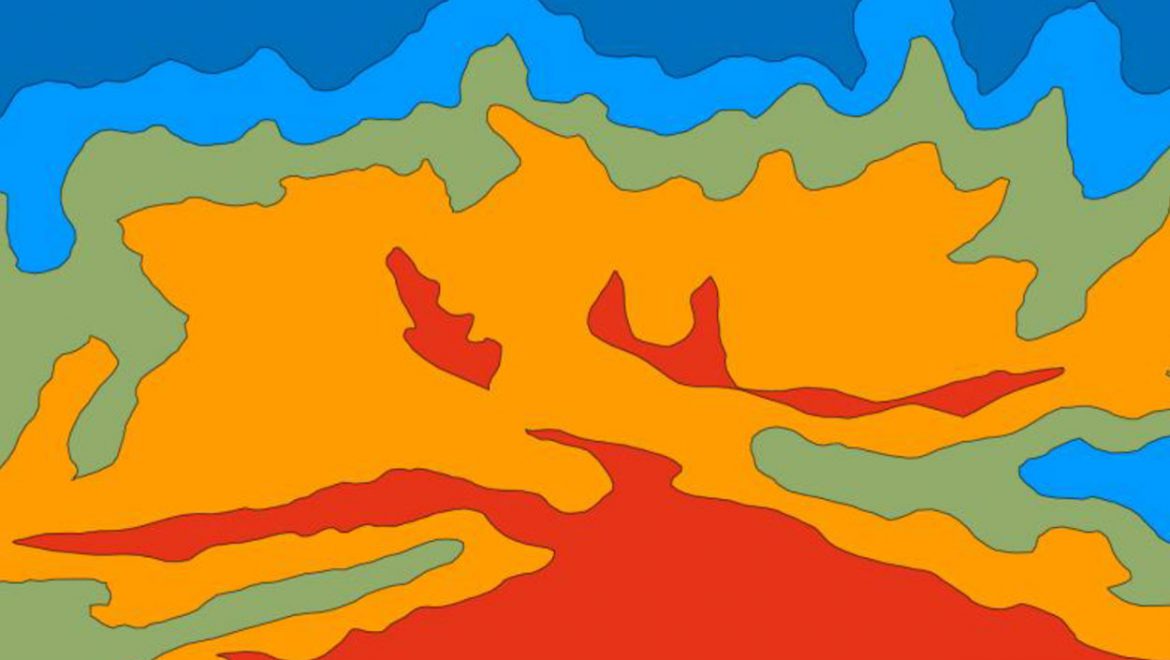Despite being a small country, Nepal displays a highly varying topography which is leading to a variety of climatic conditions. Climate-smart and energy efficient building design (also called passive design) is the answer to a specific local climate condition. In the context its research activities, EcoThinking developed an Climate Design Atlas for Nepal that provides essential information to the building designer and home builders regarding effective passive design strategies. The study identified five predominated climate design zones, namely:
- Warm climate (below 500 masl)
- Moderate warm climate (from 501 masl to 1,000 masl)
- Moderate climate (from 1,001 masl to 1,500 masl)
- Moderate cold climate (from 1,501 masl to 2,500 masl)
- Cold climate (above 2,500 masl)
Natural ventilation for cooling and solar control are the most important climate responsive design strategies in Nepal’s warm and moderate warm climate. Passive solar heating has priority in the moderate, moderate cold and cold climate to reduce the energy demand for heating. High thermal mass is important in all climate zone except the warm climate. Insulation of the building envelope is important in all climate regions of the country. Regarding the active design, fan-forced ventilation plays an important role in warm, moderate warm and moderate climate. Dehumidification is fairly important in the warm and moderate warm climate zone. While active cooling is very important in the warm climate zone, active heating is very important in Nepal’s moderate cold and cold climate.

Add Comment